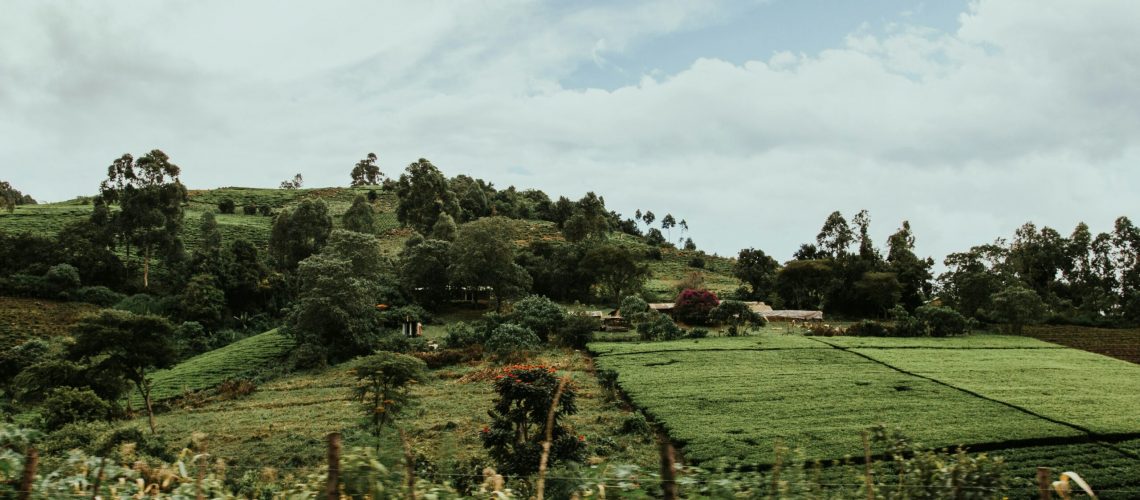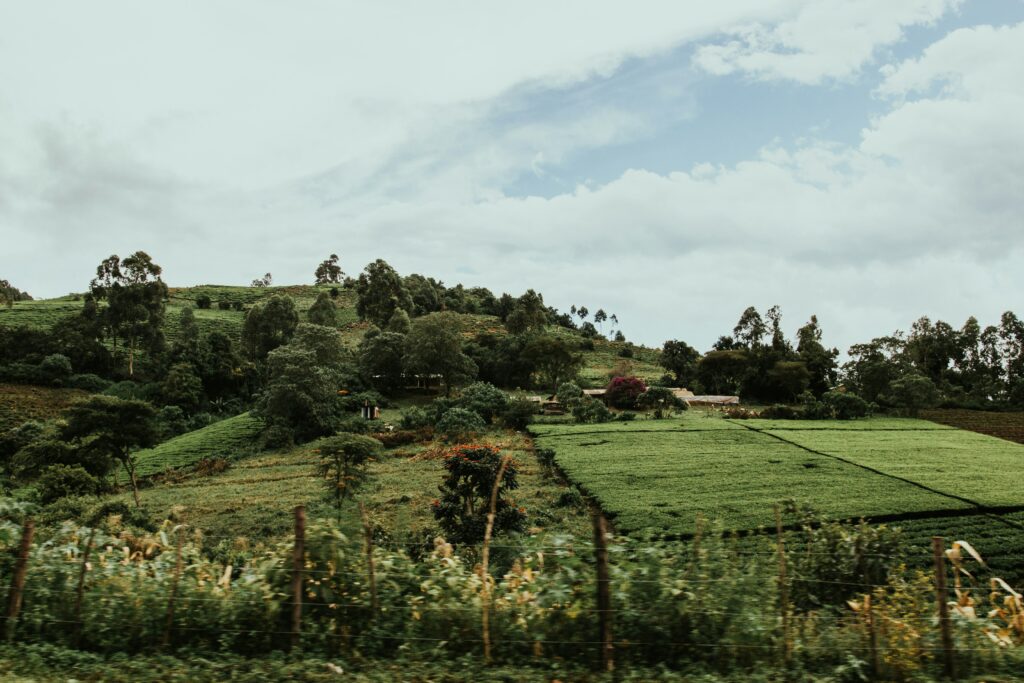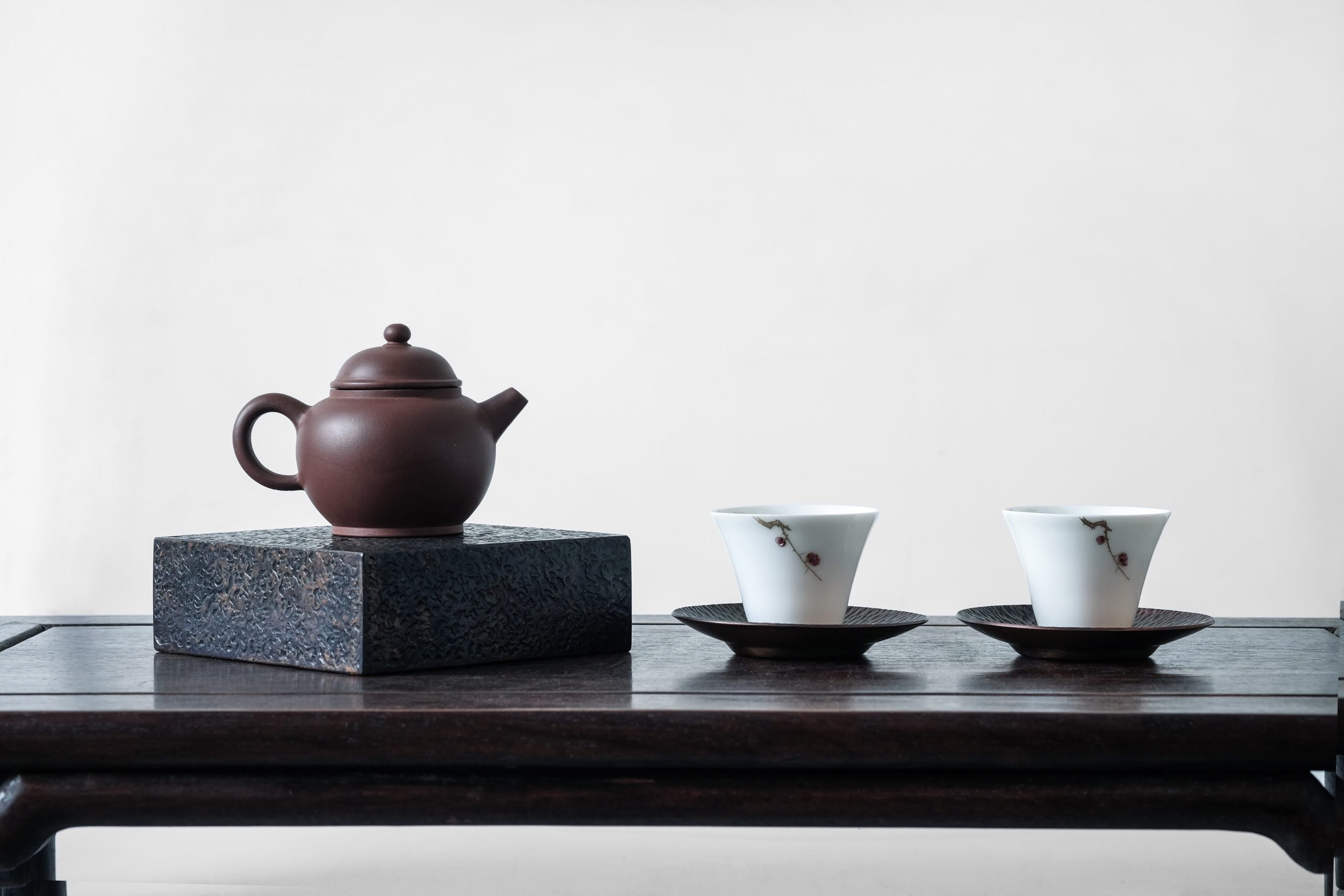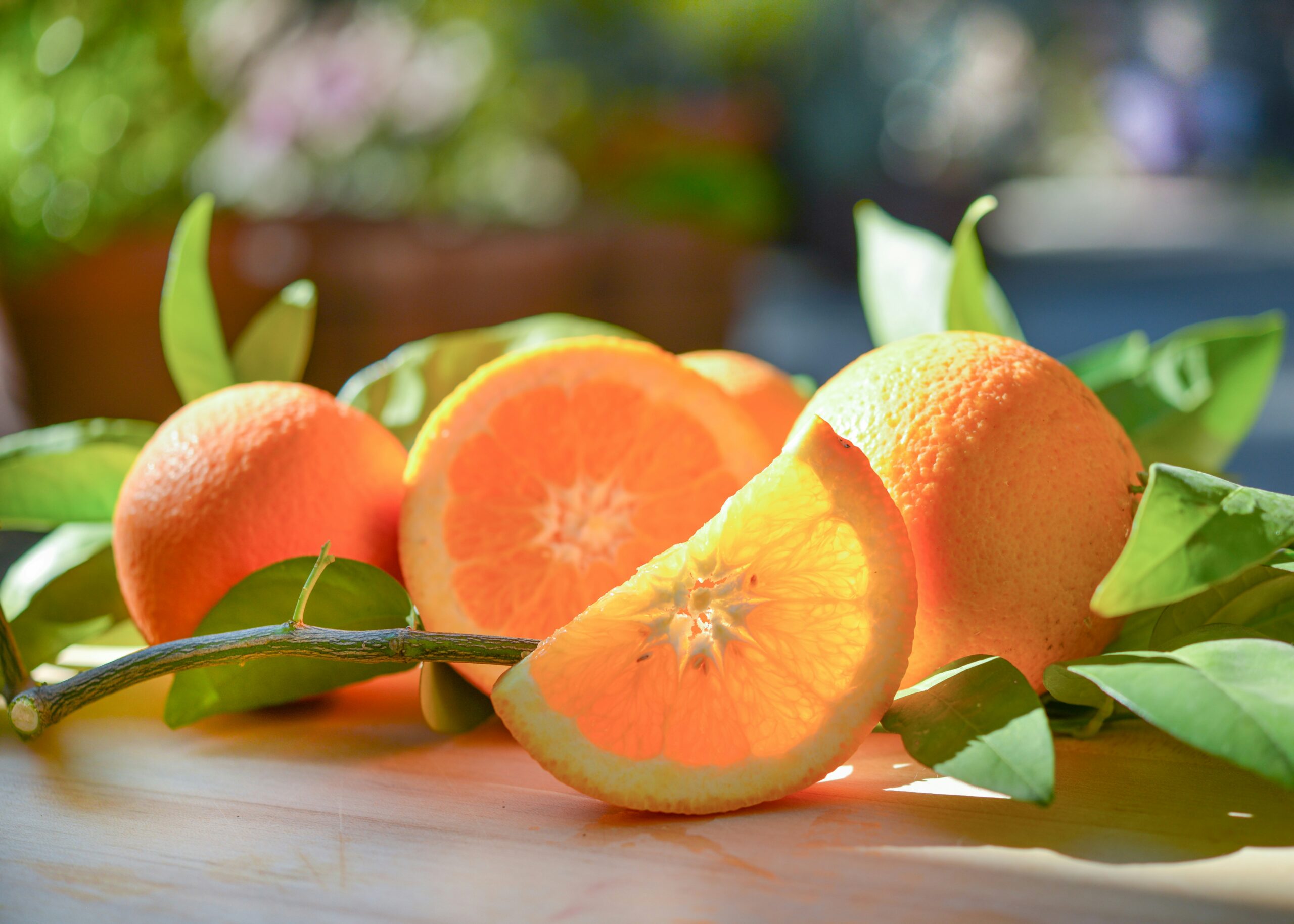What Does Kenyan Tea Taste Like? Exploring the History, Flavor Profile, and Best Brewing Methods of the World’s Leading Tea Exporter

When you think of Kenya, what comes to mind? Tea might not be the first thing you associate with this country. However, tea cultivation is incredibly popular in Kenya, and in fact, the country is the world’s largest exporter of tea. In this article, we’ll explore the history, characteristics, and best brewing methods of Kenyan tea.

History of Kenyan Tea
The history of Kenyan tea began in 1903 when the British colonial rulers planted Assam tea. It wasn’t until the latter half of the 20th century, after Kenya gained independence, that tea cultivation became a significant industry. In other words, the history of Kenyan tea is less than 100 years old, yet it has already become the world’s leading tea exporter—a testament to its remarkable growth.
What is the Secret to Kenyan Tea’s Growth?
One of the key factors behind the rapid growth of Kenyan tea is the country’s climate. Kenya’s climate allows for stable tea harvesting throughout the year, with new leaves ready for picking just weeks after the previous harvest. For example, in Japan, there are typically up to three harvests a year (April-May, June-July, and August-September), with a 1-2 month gap between each harvest. Additionally, in East Asia, including Japan, tea is not harvested during the winter.
Compared to this, Kenya’s climate is exceptional, enabling harvests every few weeks year-round. Another advantage is that, due to the shorter history of its tea industry, Kenya has been able to adopt the latest tea processing equipment. The country uses CTC (Crush, Tear, Curl) machines to efficiently process the large quantities of tea leaves harvested throughout the year. As a result, almost all Kenyan tea is CTC processed, resulting in round tea leaves.
Characteristics and Flavor Profile of Kenyan Tea
Kenyan tea is known for its strong body, astringency, and fresh aroma. While it shares some similarities with Ceylon tea, Kenyan tea has less astringency and a more balanced, mild flavor. The tea’s liquor is a deep orange color, making it ideal for iced tea. Additionally, because Kenyan tea is often processed using the CTC method, it can be brewed quickly, delivering a robust flavor. This makes it a popular base for teabags.
Best Brewing Methods for Kenyan Tea
To fully enjoy the characteristics of Kenyan tea, here are the best brewing methods for both hot and iced tea. Choose the method that suits your mood or occasion.
How to Brew Hot Kenyan Tea:
- Prepare the Water: Boil water. Pour the boiling water into a teapot to warm it, then discard the water before brewing. This extra step helps to brew the tea more effectively.
- Measure the Tea Leaves: Add tea leaves to the teapot. The standard is 1 teaspoon (about 2.5g) per cup (about 150ml).
- Add Hot Water: Pour the boiling water over the tea leaves and cover with a lid.
- Steep Time: Steep for 1–2 minutes. Since Kenyan tea is often processed with CTC, it brews quickly and delivers a strong flavor.
- Serve: Once steeped, pour the tea into a cup. You can enjoy it as is or add milk and sugar if desired.
How to Brew Iced Kenyan Tea:
- Measure the Tea Leaves: Add tea leaves to the teapot. Use 1 teaspoon (about 2.5g) of tea leaves for every 80ml of water.
- Steep: Pour the hot water over the leaves and steep for about 5–6 minutes, approximately twice as long as for hot tea.
- Quick Cooling: Immediately after steeping, add ice equal to the weight of the water to quickly cool the tea.
- Serve: Pour the chilled tea over ice in a glass, and it’s ready to enjoy.
Kenyan tea is versatile and can be enjoyed straight or with milk. Give it a try and discover its rich flavor!
Recommended Articles
Latest Articles

About the Author / teplo

teplo is a tea brand with the mission of bringing delicious tea to the world.
We provide comprehensive support for the operation of tea media, the purchase and sale of tea leaves, the development and sale of tea brewing machines, and the development of tea menus and recipes for restaurants.
Sign up for teplo’s e-newsletter
Want to receive seasonal information and tidbits about tea without missing a beat? If so, please register your e-mail address using the registration form below.
We will send you the latest information from teplo by e-mail newsletter.
(*1) Please be sure to read and agree to our Privacy Policy before registering.
(*2) Please make sure that you can receive emails from info@load-road.comおよびhello.japan@load-road.com.



